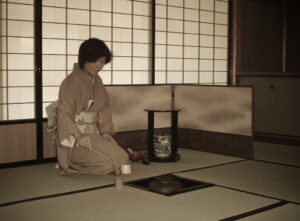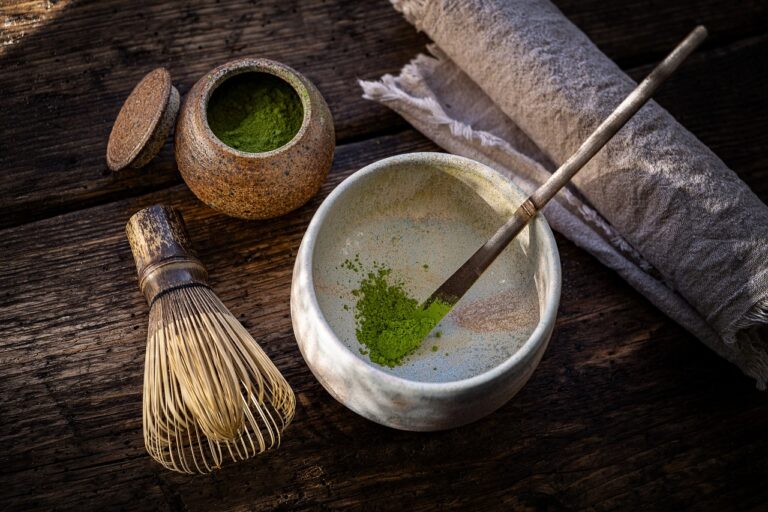“Tea ceremony” means that the host serves tea to the guest in accordance with the traditional Japanese style, and the guest receives the hospitality of the host and has tea. It is also called “tea ceremony”.
history

Tea spread in Japan around the Kamakura period. It is said that a monk named Eisai brought tea from Sakae in China.
During the Muromachi period, a priest named Murata Juko adopted spirituality, so he began to use simple tea rooms and tea utensils, and “Wabi-cha” was established, which values the interaction between the host and the guests.
And it was Sen no Rikyu who developed “Wabi-cha”. Sen no Rikyu has a deep commitment to the construction of tea rooms and tea utensils, and the modern tea ceremony has been established.
A typical school of tea ceremony

“Urasenke”, “Omotesenke”, and “Mushakojisenke” made by the descendants of Sen no Rikyu are typical tea ceremony schools called “Senke”.
① Urasenke
Urasenke is a school that is characterized by actively incorporating trends that match the times.
Since it is a tea room facing the back alley, it has come to be called “Urasenke”. In Urasenke, it is common to read the tea ceremony as “chado”.
② Omotesenke
Omotesenke is a school that is characterized by faithfully following the old manners.
It came to be called “Omotesenke” because it was a tea room facing the main street. In Omotesenke, the tea ceremony is generally called “Sado”.
③ Mushakojisenke
Mushakojisenke is a school characterized by lean and rational behavior.
The name comes from the fact that it was a tea room on the street called Samurai Koji. The tea room of Mushakojisenke has disappeared many times and has been rebuilt repeatedly. Since we have eliminated the waste of the tea room each time, omit unnecessary actions and emphasize rational movements.
The tea ceremony can be called either “chado” or “sado”, but in principle it is called “chanoyu”.
How to learn the tea ceremony depends on the school.


コメント